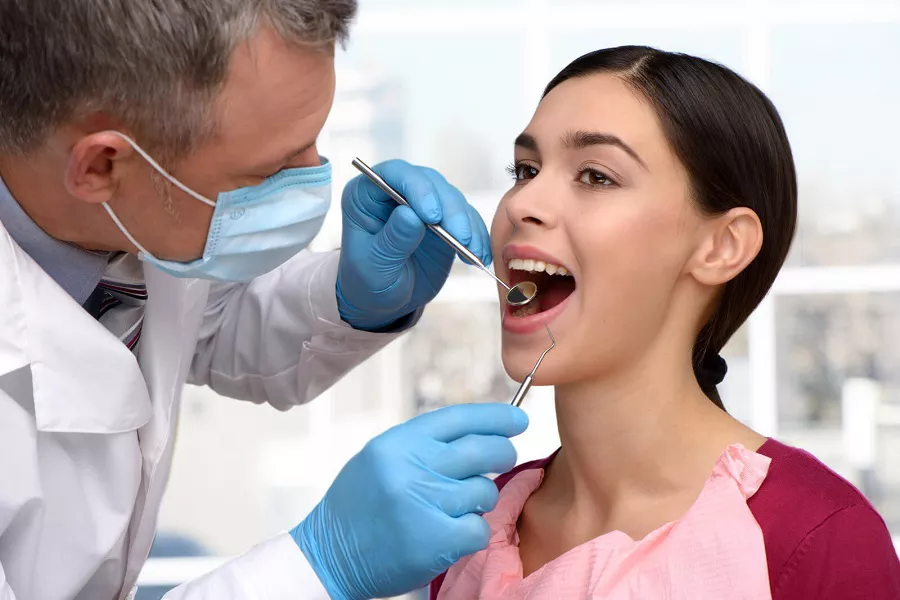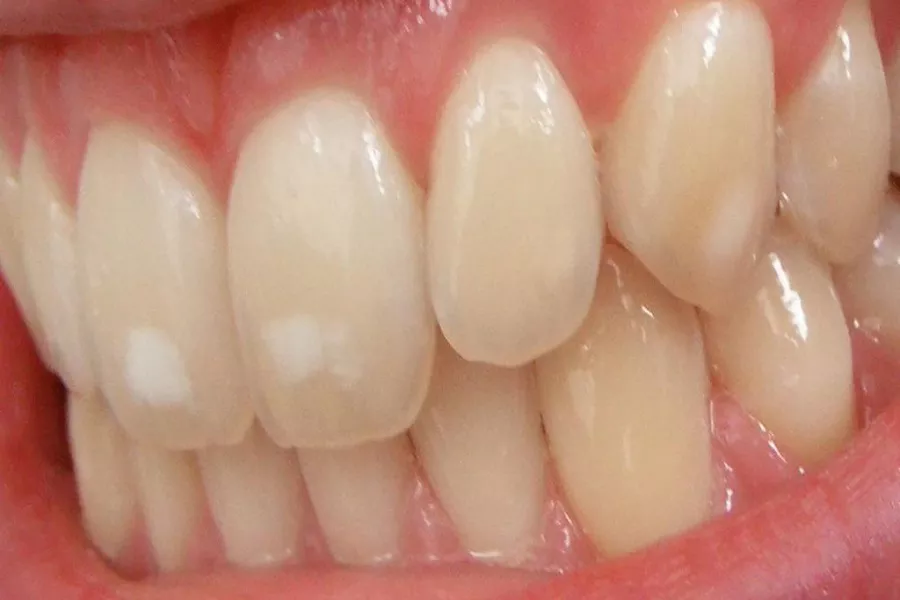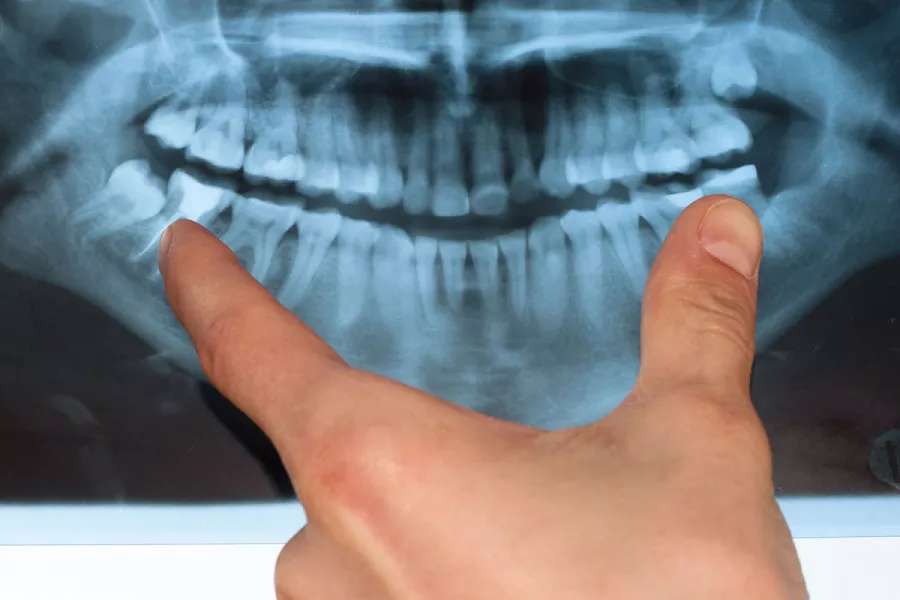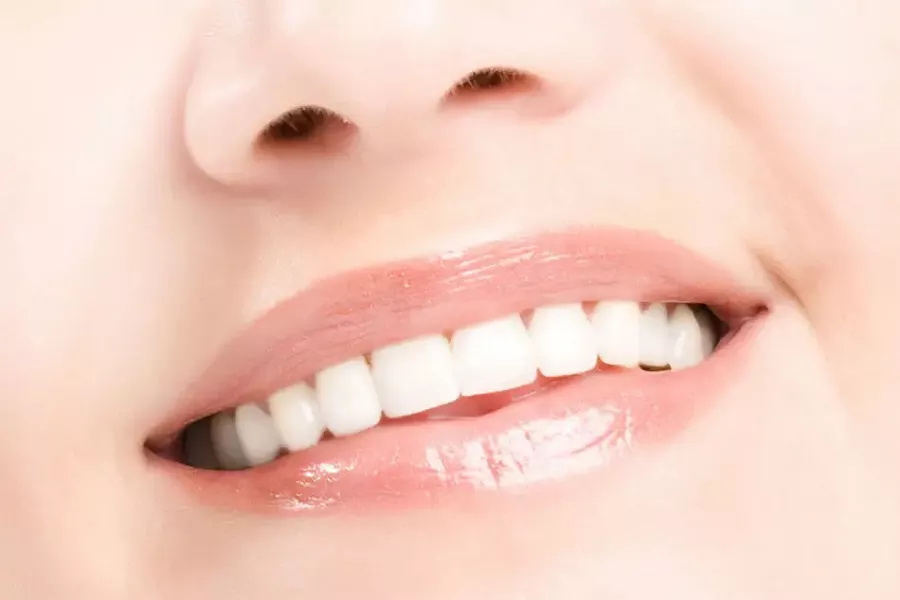Sandblasting tooth cleaning is powered by connecting the water and gas output system on the comprehensive treatment table, using a special sandblasting cleaning powder (the main component is sodium bicarbonate powder, etc.), mixed with high-pressure air under the action of air pressure Spray on the tooth surface, remove the tooth surface, interdental space, tooth groove and pits and other places that cannot be removed by conventional dental cleaning machines, and give a thorough & ldquo to the pigmentation such as smoke stains and tea rust on the tooth surface ;The Big Sweep”.
Advantages: The ultrasonic wave for teeth cleaning can only vibrate the large calculus in the oral cavity, and the sandblasting cleaning machine can gently remove tartar and plaque in an instant, and there is almost no damage to the enamel during the cleaning process, which is not like ultrasonic cleaning. The blade of the ruler leaves a slight trace on the enamel surface. It also reduces the discomfort caused to the patient by the vibration of the ultrasonic scaler (often hyped as “painless tooth scaling”). The main function of sandblasting is to polish the tooth surface: after the ultrasonic cleaning or manual cleaning, the patient’s tongue will generally feel the roughness of the tooth surface; after sandblasting, the roughness of the tooth surface is gone. Sandblasting can not only polish the outside of the teeth, but also polish the teeth between the teeth. The polished tooth surface is not easy to adhere to the plaque and pigment. So scaling and sandblasting should be combined.
Disadvantages: It is only a method to assist in removing small pieces of pigment or residual small calculus. It cannot remove large pieces of calculus. It is mainly used for ultrasonic scalers or manual scalers. Small pigment spots and calculus are often left in the teeth after cleaning. On the tooth surface, when the scaler cannot be cleaned.
The method of sandblasting teeth cleaning is:
1. Preparation of items: sterilized towel, hole towel, paper towel, strong suction device, and water in the mouthwash cup.
2. Debug the sandblasting machine: Use your palm to feel the strength of the sandblasting, whether the ratio of water and sand is appropriate, and the sand in the sandblasting machine must be sufficient.
3. Key parts: The lip surface of the upper front teeth and the lingual surface of the lower front teeth are the sensitive parts of the patient, and they are the parts we should focus on spraying.
4. Method: Cover a treatment towel on the face of the patient above the mouth to prevent the fine sand from being sprayed on the face. The angle between the sandblasting head and the long axis of the teeth is 90°, the anterior teeth are 80, the posterior teeth are 60, and the distance is 3-4mm. Head towards the incisal end to avoid damaging the gums. When sandblasting, it should be done in one go. It is best not to interrupt it. The time should not be too long. It will end in 2-3 minutes. If necessary, you can use your hands to protect it from being sprayed everywhere.
5. After sandblasting, use a polishing cup to polish the tooth surface to restore smoothness. After blasting, have the patient wash their face with a towel.
Reminder: For more knowledge about bad breath, discolored teeth, coffee tooth, etc., please pay attention to: padmel.com, to provide you with comprehensive and professional teeth whitening, cold light whitening, ultrasonic cleaning and other dental care.






























